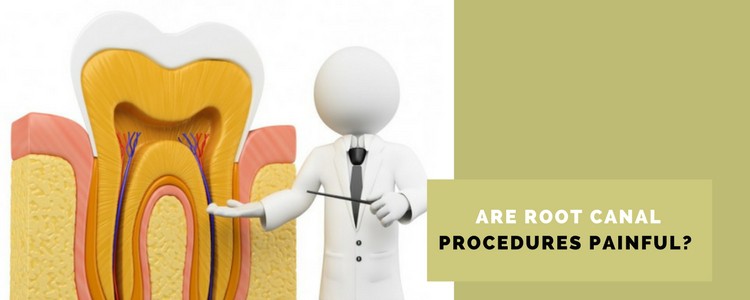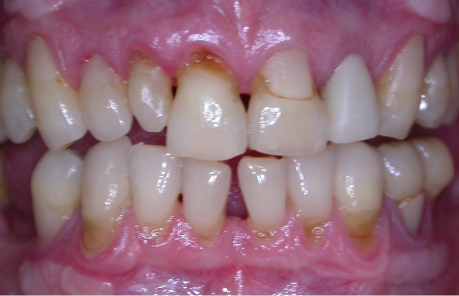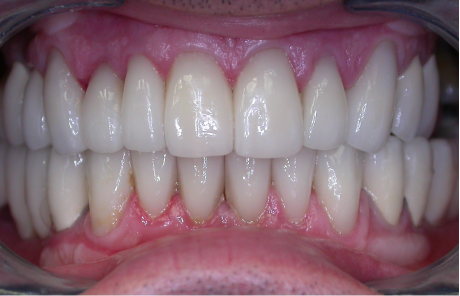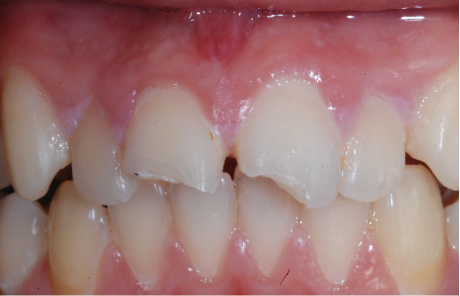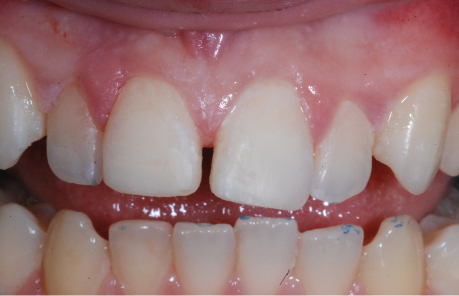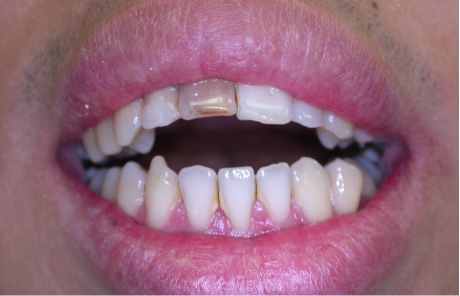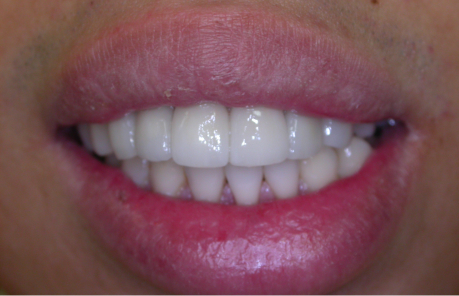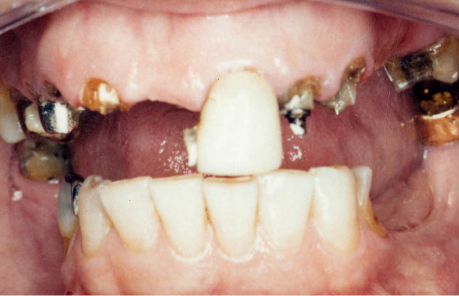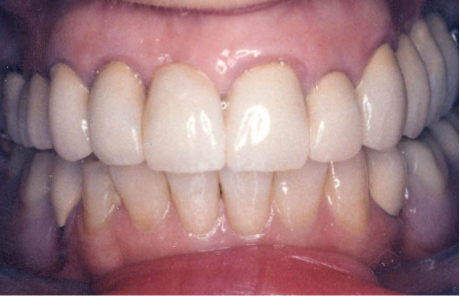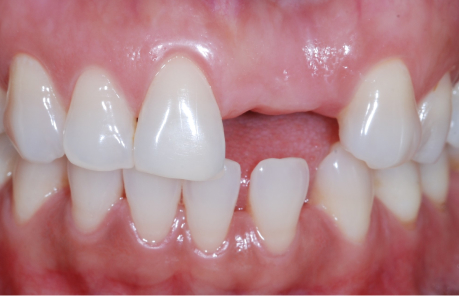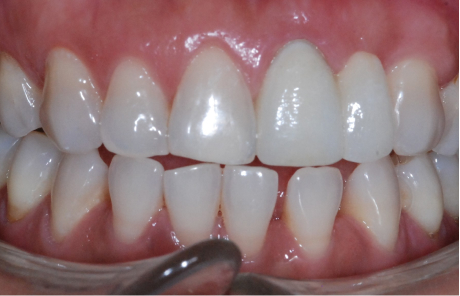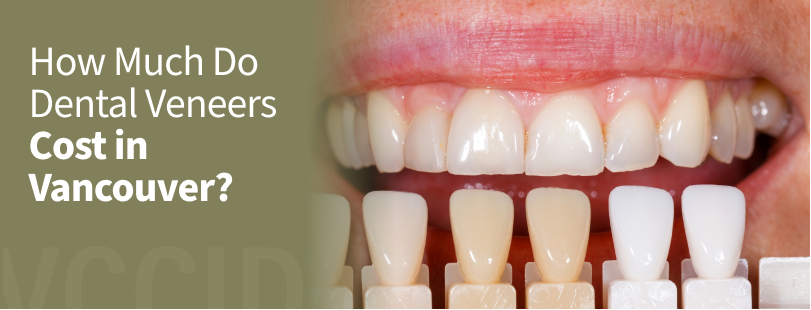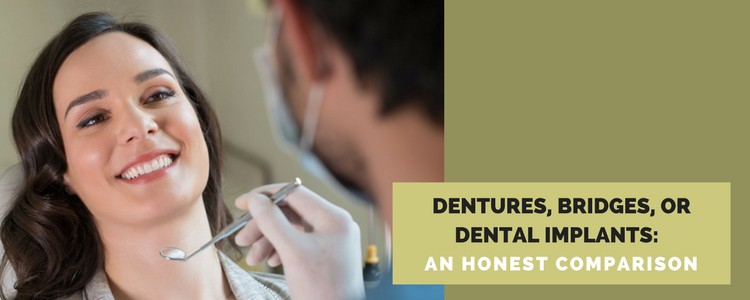The prospect of going to see your dentist for a possible procedure is not a priority for most people. Let’s get right down to it – most people dread going to the dentist and the number 1 reason is a trip to a dental office is associated with pain. Many people will put off going to the dentist until the pain of an infected tooth becomes too debilitating to endure.
Doing your research in selecting the right dentist is your first step in avoiding that painful visit Having a dentist who is empathetic and who will properly numb the operating area before commencing with surgery is the first step in avoiding unnecessary pain. A dentist that maintains communication with the patient during the procedure and is cognizant of any discomfort will go a long way in setting a patient’s mind at ease.
It’s the same mindset that you need before going in for a root canal procedure. But before we go into whether root canal procedures are painful and what options are, let’s examine some broader topics.
Anatomy of a Tooth
Our teeth are essential for proper digestion-it is the first step in digestion as chewing grinds the food into smaller pieces to make it easier for the rest of the digestive system to break down and absorb nutrients. Without them we would not get the nutrients we require for optimum health and wellness. The different parts of the teeth are the following:
- Enamel: the hard outer layer of the tooth and one of the hardest substances in the human body. The enamel is white in colour and essentially made of calcium phosphat- a hard mineral. Enamel protects the inner parts of the tooth.
- Dentin: this is the layer underneath the enamel made of living cells.
- Pulp: The soft inner part of the tooth-this contains small blood vessels cells and a nerve. When a tooth becomes infected bacteria have invaded this inner part of the tooth. Teeth only have a small capillary supplying blood, nutrients and cells that fight infection, therefore teeth have a limited capacity to fight bacteria. Root canals are performed to remove the infected portion to prevent tooth loss.
- Cementum: The connective tissue that holds the roots of the teeth firmly to the gums and jawbone.
- Periodontal ligament: Connects the teeth to the jaw.
- Incisors: The four front teeth for the upper and lower jaw.
- Canines: The pointed teeth on either side of the incisors.
- Premolars: The teeth between the canines and molars.
- Molars: The flat teeth in the rear of the mouth used for grinding food.
- Wisdom teeth or third molars. These are often the problem teeth that emerge during adolescence that have to be surgically removed before they can misalign the other teeth in the oral cavity.
Teeth Conditions Related to Pulp Infection
Cavities happen when bacteria in dental plaque accumulate on the teeth. The bacteria produce acid as part of their metabolism and this is what dissolves the enamel and creates a hole or cavity.Once the bacteria reach the dentine underneath, there are tubules in the dentine that can provide a pathway for the bacteria to invade the inner tooth causing an infection. Dentine is much softer (less mineralized) than enamel and will become deeper much faster than in enamel. Also once bacteria reach the dentine layer it will need to be filled as it rarely remineralize. Brushing and flossing your teeth on a regular basis to avoid getting cavities is of paramount importance in the first line of defense against tooth infections.
Cracked teeth can happen by chewing or grinding your teeth on hard or abrasive surface.We have also seen teeth crack under what appears to have been a lifetime of “normal” function. The crack may traumatize the nerve (which we mentioned above has very poor ability to heal itself) and may also provide a highway for bacteria to invade the pulp. When you have a cracked tooth you should see a dentist immediately to prevent a possible inner infection and possible further fracture of the tooth. If the tooth fractures it doesn’t always break favourable and may necessitate removing the tooth
Chipped or broken teeth where the dentin is exposed may require a root canal procedure if the nerve has been affected. If it has broken such that the pulp of the tooth is exposed it almost always requires a root canal.
Root fracture is exactly what the name implies-a fracture of the root. These can be horizontal or vertical and depending on where and what type of fracture is present will determine the success of it being treatable. If the fracture is close to the root tip the better chance for success; vertical fractures almost always require the tooth to be removed.
What is a Root Canal?
Endodontic treatment is another name for a root canal procedure. Root canal procedures are necessary when the pulp of the tooth becomes infected. The pulp or inside of the tooth contains a small nerve and blood vessels. If this area becomes infected with bacteria (abscessed tooth) a root canal can be done to remove the bacteria and all the tissue inside the tooth, allowing one to keep the toot. Once the tooth is thoroughly shaped, cleaned and “sterilized” a filling material is placed inside the canals to seal them and prevent future bacteria from re-invading the canals.
The Root Canal Procedure
The first step in doing a root canal is to thoroughly numb the tooth. In some cases especially when there is a lot of infection or the tooth is extremely painful, it may take more than one type of injection to numb the tooth. There are other reasons that I won’t’ go into detail in this blog why some people or some teeth take more than one injection to numb. But rest assured that will a little patience , knowledge and experience all teeth can be made numb enough to work on in complete comfort.
A rubber sheet (dam) made from latex or non latex is placed around the tooth to prevent bacteria from saliva contaminating the tooth while the procedure is performed. The dentist will then drill an opening in the top of the tooth to access the infected pulp, and clean and shape the canals using fine instruments. Root canal procedures can often be one in one appointment but may take more than one especially if there is a lot of infection in the tooth.
Are Root Canals Safe? – A Holistic Point of View
There has been controversy over the safety of root canaled teeth especially for the past ten or more years. Ideally and in theory, when a root canal is properly done all the living and dead tissue within the canal is removed. The canal is irrigated with antibacterial solutions to eliminate any bacteria present, and then a combination of filling material and sealers/cements are used to fill the canal.
Our evaluation of the success of treatment is traditionally based on a lack of symptoms, an x ray showing filling material completely sealing the canal to the tip of the root and no sign of infection on the x ray itself.
However, the roots of our teeth are made up of dentin. The dentine contains many miles of microscopic tubules and some believe that even successful root canals may still harbor living or dead bacteria within these tubules. These bacteria and/or the toxins they produce may potentially spread to other areas of the body causing health problems, even though the tooth itself will feel fine and appear normal. This theory is known as focal infection. There appears to have been a resurgence in the focal infection theory and many patients and some practitioners are now beginning to question the success health concerns of root canaled teeth.
This resurgence is probably partly due to a series of studies done by Dr. Weston Price at the Mayo Clinic in the 1930’s which identified root canaled teeth as the source of some chronic diseases. This material was largely “buried” until it was republished in a book called, “Root Canal Coverup” by Dr. George Meinig.
Some other fields of alternative health care also describe meridians and the connection of different areas of the body, and how certain teeth are connected to certain organs, joints and distant areas relative to the tooth.
My Professional Dilemma Regarding Root Canals
None of the above concerns or issues with root canals is taught in traditional dental schools as far as I know. I have to admit 25+ years ago I also did not “believe” in these theories, but being open minded, looking at the information objectively and then having personally witnessed some of my patients recover from an apparent unrelated illness after having a suspect tooth extracted… my dental world has been turned” upside down”.
I do feel, as George Meinig states in his book, that some root canals can be OK; and that it also depends on several other factors such as a persons’ immune system, how well the tooth was cleaned, disinfected and sterilized, the amount of infection present in the tooth at the beginning and possibly the type of filling material used. Certainly we have several methods available to us today to clean, sterilize and fill root canals that was not available 100 years ago. Nevertheless, short of extracting a tooth and then culturing it for bacteria there is no way to know for sure if we truly have removed all of the bacteria, and if not is it causing a health issue.
I still offer and do root canals on teeth. Certainly if I advocated extracting every root canaled tooth it would be huge boon to my business in the form of replacing these missing teeth. But I am not convinced I would be doing the best treatment for my patients. In most cases it is less expensive to save a tooth with a root canal than to have it extracted and replaced with something else. Therefore doing a root canal becomes a financial necessity. If there are any indications of health related issues, problems with the teeth themselves or someone who is nevertheless concerned about the health effects then of course we will discuss the alternatives. Ultimately you as a patient have the final say as to have the tooth treated or extracted.
Today we do have better methods to clean and sterilize the teeth and there are lots of alternatives described on the web. We have a Er:Yag laser that we can insert into the canal with a fibre optic to assist in sterilizing the tooth. There are also alternative machines(ie ozone) and/or, materials that may be more effective, biocompatible and or better at sealing the tooth than traditional methods from the past.
Alternative Filling Materials
Traditionally, root canals are filled with a rubber type material called gutta percha. A sealer is used much like mortar to help fill in any potential voids and seal the tooth and tubules.This is what is taught and is considered the standard of care in North America and Europe.
There is an alternative material which originated from France called Biocalyx, also known as Endocal. It has been approved for use in North America although I do not believe its use is taught in the dental schools. Essentially it is calcium oxide and in the tooth it reacts to form calcium carbonate, a very biocompatible material. I personally feel there are many benefits to this filling material especially in regards to its antibacterial properties and (in my opinion) its ability to seal the tubules better. I have treated many patients with this filling material and with excellent long term results.
If I Need a Root Canal, What Should I Do?
At this point the focal infection theory is still controversial and the evidence for it is not very definitive. The standard of care from the Canadian and American Dental Associations is root canals are effective and the focal infection theory is invalid or questionable at best. Based on a lack of tooth symptoms and x-rays alone, about 85-90% of all root canals are successful, in that there are no signs of infection or symptoms from the tooth. When they do fail, it can be the result of difficulty obtaining a proper seal at the tip of the root and/or the strength of your immune system. This can often be corrected by a retreatment or cleaning the area at the tip of the root (apicoectomy).
Further, there are alternative root canal ‘fillers’ such as Biocalyx mentioned above that may be appropriate options for those with concerns about focal infection.
Therefore, prior to making any irreversible decisions such as extracting a tooth you should review all of your options, evidence and health concerns with your dentist. They can answer your questions and give you options to forward when it comes to root canal procedures.
